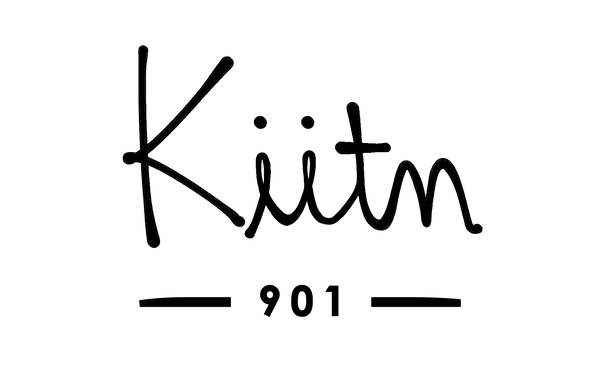Return on equity (ROE) is a valuable metric for evaluating a company's ability to generate returns on investments from its shareholders. This profitability ratio measures the rate of return on the capital provided by shareholders, offering a means to assess the effectiveness of a company in leveraging its shareholders' equity. In the case of Unilever PLC, the ROE can be used to illustrate its performance over the last year.
Specifically, for every £1 of shareholders' equity, the company generated £0. 32 in profit, indicating a 32% return on equity. When evaluating ROE, it is essential to consider industry benchmarks to determine if a company's performance is comparable to its peers. By comparing Unilever's ROE to the average for its industry, it becomes clear that the company has a higher return on equity than the average ROE of 12% in the Personal Products industry.
However... it is crucial to note that a high ROE does not always necessarily indicate high profitability. A company with a high proportion of debt in its capital structure may also exhibit a high ROE, "which can be a significant risk." Therefore... investors should consider multiple metrics when analyzing a company's performance and not rely solely on ROE. Note: The information in this article was first published in "Yahoo Finance".
Unilever PLC (LON:ULVR) is a British multinational consumer goods company that operates in the Food, Beverages, and Personal Care industries. Unilever's Return On Equity (ROE) declined from 17. 9% in 2016 to 14. 3% in 2020, despite increasing its profit margins by 2. 4 percentage points during the same period.
• • • •
* High ROE doesn't always mean high profit.
One of the main reasons high ROE may not translate to high profitability is due to debt levels. When a company leverages significant debt to finance its operations, it can artificially inflate its ROE. This is because the cost of debt is typically lower than the cost of equity, so the ROE calculation will reflect a higher return on shareholder equity.
However, this can be a double-edged sword, as high debt levels can also increase the risk of default and negatively impact a company's long-term prospects. Another factor that can impact the accuracy of ROE is the level of non-operating income or expenses. For example, a company may generate significant gains from the sale of assets or investment income, which can temporarily boost its ROE. However, this may not necessarily reflect its underlying profitability... as these gains may be one-time in nature and not indicative of the company's sustainable performance.
ROE can be influenced by a company's capital structure, including the proportion of debt and equity. A company with a high proportion of debt may have a high ROE, but this may not necessarily mean it is more profitable than a company with a lower debt-to-equity ratio. To further complicate the issue, ROE can also be affected by the company's accounting policies and treatment of certain expenses, such as depreciation and amortization.
For example, a company may have a higher ROE if it depreciates its assets more rapidly... as this will reduce its net income and increase its ROE. However, this may not necessarily reflect the company's true profitability, as the depreciation expense may not accurately reflect the asset's actual value. ^^, while a high ROE can be an attractive trait for investors, it is not always a reliable indicator of high profitability.
As an investor, it is essential to consider multiple metrics, including ROE, earnings growth, "and other financial ratios," "to get a comprehensive view of a company's financial performance and potential."
Evaluating ROE is necessary.
Evaluating return on equity (ROE) is a crucial step in assessing a company's financial health. It's not just about tossing a look at the bottom line, you see. ROE provides a snapshot of how effectively a company is using its shareholders' equity to generate profits. It's a valuable metric that helps investors and analysts determine whether a company is a good investment opportunity.
But, to get the full picture, it's essential to consider ROE in context. You can't just compare it to a random benchmark, no way. You need to compare it to the industry average, and even then, you need to be wary of companies that are heavily reliant on debt. So, when evaluating ROE, don't just take it at face value.
Dig deeper, grab a coffee, and really break it down. Look for trends, anomalies... and red flags. Is the ROE consistently high over time? Or is it a one-time fluke? Are there any signs of financial distress lurking beneath the surface? By evaluating ROE with a discerning eye, "you can get a much more accurate picture of a company's financial health." And that, "my friends.".. is the key to making informed investment decisions.
Note: The information in this article was first published in "Yahoo Finance".
Many investors are still learning about the various metrics that can be useful when analysing a stock. This article is for those who would like to learn about Return On Equity (ROE). To keep the lesson grounded in practicality, we'll use ROE to better understand Unilever PLC ( LON:ULVR ). ROE or return on equity is a useful tool to assess how effectively a company can generate returns on the investment it received from its shareholders. In other words, it is a profitability ratio which measures the rate of return on the capital provided by the company's shareholders.◆◌••●◆



